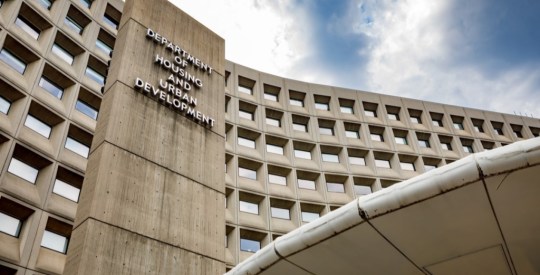In the closing month of the homebuyer tax credit, existing home sales increased 7.6% in April, according to the National Association of Realtors (NAR). Completed transactions of existing single-family, town home, condominium and co-op housing units stood at a seasonally adjusted annual rate of 5.77m in April, an increase from the upwardly revised 5.36m in March. April’s rate is 7% above March and 22.8% above the April 2009 rate. “The upswing in April existing-home sales was expected because of the tax credit inducement, and no doubt there will be some temporary fallback in the months immediately after it expires, but other factors also are supporting the market,” said NAR chief economist Lawrence Yun. “For people who were on the sidelines, there’s been a return of buyer confidence with stabilizing home prices, an improving economy and mortgage interest rates that remain historically low.” The Federal Reserve’s $1.25trn mortgage-backed securities (MBS) purchase program ended in March, and while interest rates began low in April, rates increased in the first two weeks of the month, peaking at 5.21% in Freddie Mac’s weekly survey. By the middle of the month, rates retreated and hovered under 5.1%. NAR said the total housing inventory at the end of April increased 11.5% from March to 4.04m existing homes for sale, an 8.4-month supply at the current sales pace. The raw unsold inventory of existing homes is up 2.7% from April 2009, but down 11.6% from the July 2008 record of 4.58m. In addition, the national median existing-home price for all housing types was $173,100 in April, up 4% from April 2009, NAR said. Distressed homes accounted for 33% of sales last month, compared with 35% in March. “Although inventory levels remain above normal and much of the gain last month was seasonal, the housing price correction appears essentially over,” Yun said. “In fact, a majority of the markets have seen price gains recently. A return to old-fashioned responsible lending and buying will help the housing market avoid disruptive and painful bubble-bust cycles.” While Paul Dales, a US economist at the Toronto-based Capital Economics, agrees that the surge in existing sales was purely a result of a burst in demand generated by the government tax credit, he wrote that further declines in home prices will come after the tax credit’s signing deadline of June 30. “This is exactly what happened after the original end-November credit deadline passed. The difference this time is that the credit has not been extended, meaning that for the first time in 18 months housing demand will be left to stand on its own two feet,” Dales wrote. “Although mortgage rates have fallen sharply, the combination of high unemployment, heavy indebtedness and tight credit suggest to us that demand will stumble. This, together with a surge in supply as more homes are foreclosed, will drive prices lower, by at least 5% by the end of next year,” he added. A separate survey of NAR members found first-time buyers purchased 49% of homes in April, up from 44% in March, while investors purchased 15% of homes in April, down from 19% in March. Repeat buyers purchased the remaining homes. In addition, cash buyers accounted for 26% of sales, nearly level with the rate of 27% in March. Broken down by housing segments, single-family sales increased 7.4% to a seasonally adjusted annual rate of 5.05m in April, up from a rate of 4.7m in March. April’s rate is also 20.5% above the April 2009 rate of 4.19m. The median price for existing single-family homes was $173,400, up 4.5% from a year ago. In the condo and co-op segment, sales were at a seasonally adjusted annual rate of 720,000 in April, up 9.1% from 660,000 in March and up 42.3% from the rate of 506,000 in April 2009. The median price for condos and co-ops was $171,000 in April, down 0.6% from a year ago. Regionally, the Northeast experienced the biggest increase in existing-home sales from March, up 21.1% to an annual rate of 1.09m in April. That’s up 41.6% from a year ago. The median price was $243,000, up 2.1% from April 2009. In the Midwest, existing home sales increased 9.9% from March to April to a rate of 1.33m, up 29.1% from a year ago. The median price was $146,400, up 5.8% from April 2009. Existing home sales increased in the South 8.6% from March to an annual rate of 2.14m in April. Sales in the South were up 23% from April 2009, while the median price of $150,000 was up 1.2% from a year ago. The West was the only region to experience a decrease in sales. There, the annual rate of 1.21m was down 6.2% from March. However sales are still up 5.2% from a year ago and the median price of $212,400 is an increase of 3.8% from April 2009. Write to Austin Kilgore.
April Existing Home Sales Surge Ahead of Tax Credit Deadline
Most Popular Articles
Latest Articles
New HUD rule aims to increase lender participation in tribal housing program
HUD says the new rule is designed to increase and streamline Native American borrowers’ access to homeownership.



